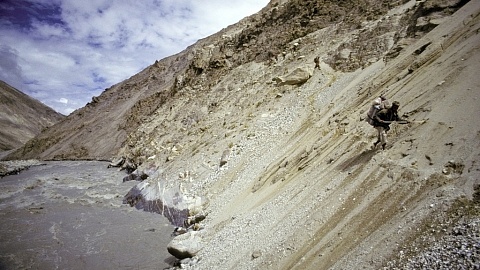
Anyone that has attended one of my workshops will know how my vision has been influenced by modern painting.
I always try to pop into The Tate Modern when I’m in London and I never miss a small, dark room that houses the Seagrams paintings of Mark Rothko. The huge, dark red and black canvases were commissioned in the late 1950’s for the Four Seasons Restaurant in New York, the most expensive and extravagant restaurant of it’s era. At the last minute Rothko reputedly said he didn’t want his paintings in “a place where rich bastards in New York will come to feed and show off”. He withdrew from the commission and bequeathed the paintings to the Tate with express instructions on how they should displayed. For me this is one of the most powerful and emotional museum displays I have ever experienced. I’m always overwhelmed by the power of these magnificent, dark, brooding canvases. They deeply affect me.
I’m not suggesting you all rush over to London to have a profound emotional experience. The chances are that the paintings will have little or no effect on you. Hundreds of people pass through this small room everyday. Many look but few slow down to see. Open your mind and vision and find your own source of inspiration be it Rothko or Thomas Kincade. (Let’s hope it’s not Kincade!) Be critically aware of everything you see. It’s so easy to look but how many of us actually see?
The Abstract Expressionists have been by far my greatest influence. They are an easy target to be ridiculed as child-like daubing or simplistic pretension of being “art” but look at the following images. On the left is a graphic painting by Franz Kline, seen in isolation as just a few black brush strokes on a white canvas; on the right is a painting of Battersea Bridge at night by James McNeill Whistler. Whistler was far from being an abstract painter, this was painted in 1872 during the birth of Impressionism that at the time was considered to be at the forefront of avant-garde art. But look at the two works. The graphic structure of both is identical and it should come as no surprise that the Kline is a painting of a bridge close to his home in Pennsylvania.

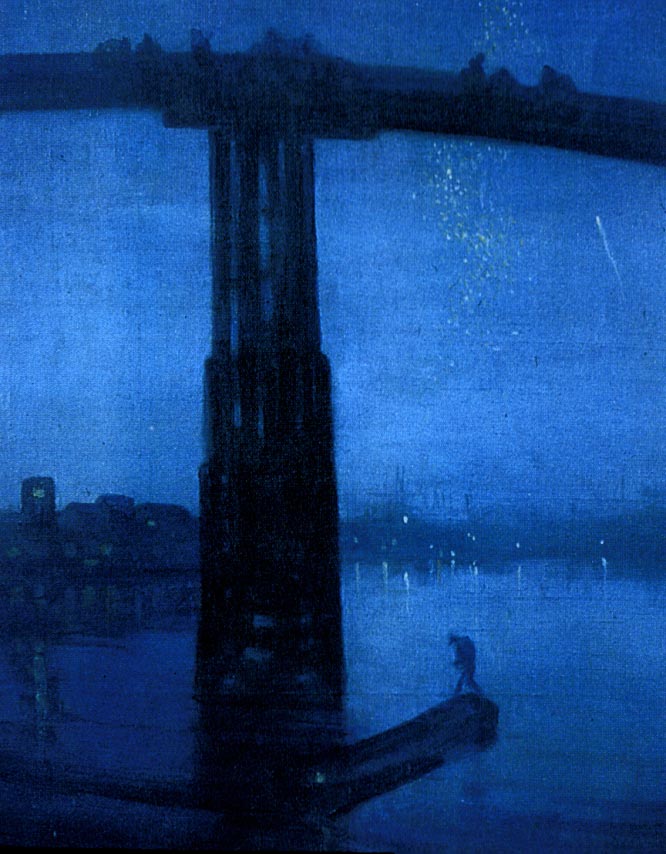
Now look at this photograph I took in Ecuador of a man walking down a street in Otavalo. I never knowingly copy paintings but I know that the work I have been exposed to has shaped the way I see. If I hadn’t seen the works of Kline, would I have responded to this and captured it this way?
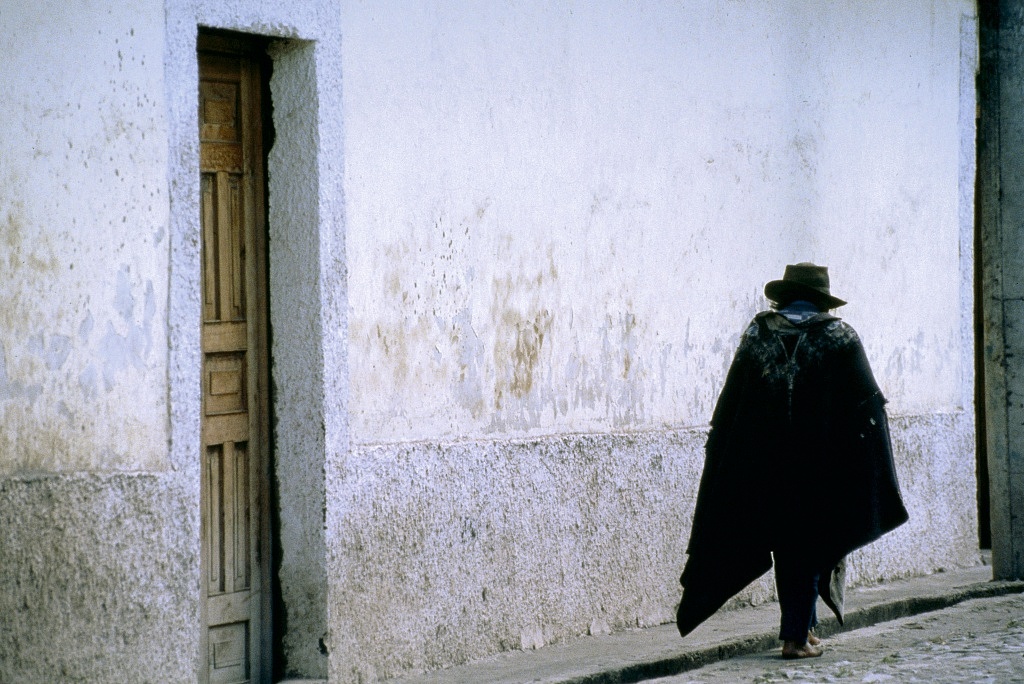
In 1912, Marcel Duchamp painted”Nude Descending Staircase” that created an outcry when it was exhibited at the Armory Show in New York the following year. Even the Cubists rejected it for being too futuristic. Duchamp had been able to brilliantly capture movement in a still image and I attempted to do the same with this herd of camels in India. I always try to think beyond the obvious and look for interesting ways to illustrate a subject. Ideally this process has to be intuitive. I want to be able to react immediately to a subject that excites me. If I have to stop and think the photograph almost always loses it’s edge. The way I have trained my eye to respond this way is by continually looking at the world analytically and mentally taking photographs even if I don’t have a camera.
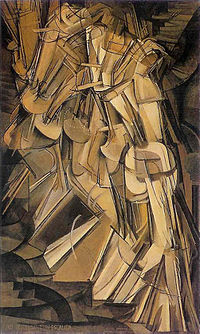

It’s not just 20th.century painting that inspires me although I must admit the ambiguity of abstract art is something I never tire of. In my personal work I want to make photographs that leave the viewer with as many questions as answers but there are times when I come across a scene that cries out for straight documentation, almost always as a combination of both the subject and light. As soon as I saw these Bishnoi villagers in Rajasthan harvesting millet late one afternoon, it triggered a memory of a painting by Millet – and what are the chances of that? The tonal values and the light were almost identical to “The Gleaners”. Would I still have responded to scene the same way if I had never seen Millet’s work? I would like to think so. It is the cumulative effect of a lifetime of seeing that shapes our photographic style.


We can learn a lot from the old masters, particularly about the use of light. Look at the paintings of Rembrandt and Vermeer. They both have something to teach us but each in a totally different way. Rembrandt’s use of light is dramatic, often from a source within the frame whereas Vermeer used soft, indirect north light from outside the frame. The important thing is to learn to look at light and understand how the camera will record it. Then all you have to do is recognize that light when you find it.
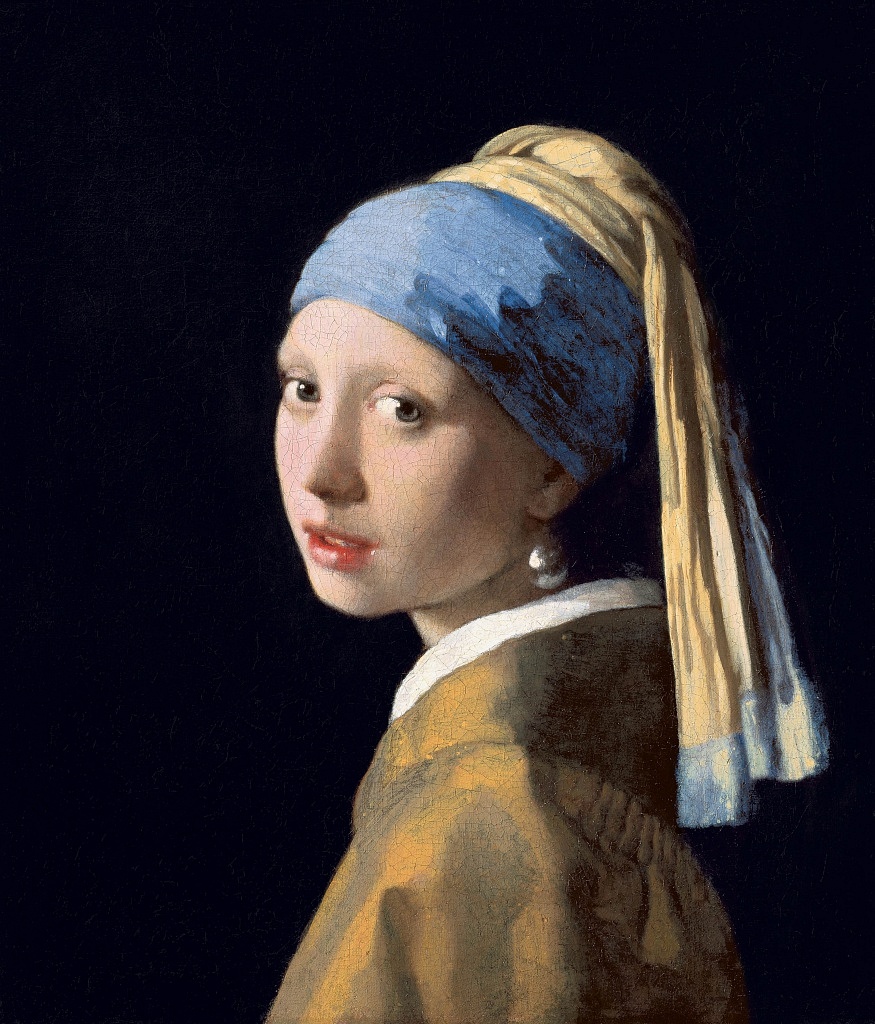

So there it is. Know your camera, know what it will do and develop your own personal vision. The source of your inspiration is less important than finding that to which you have a strong response. Keep looking, or should I say, seeing.
I give regular photo tips on my Instagram page at bobholmesphoto Hope to see you there.
